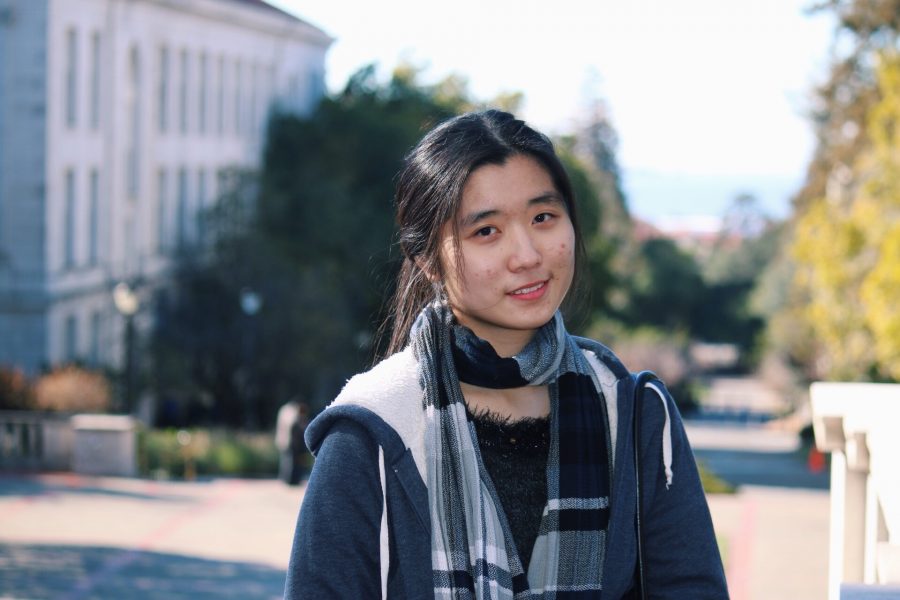There may not be a greater threat to Asian American youth than unacknowledged mental illness.
According to the U.S. National Library of Medicine, Asian American females from ages 15 to 24 have the highest suicide rate at 14 percent. Asian American males rank second highest at 13 percent, but less than a quarter of Asian Americans with mental illness seek help. Stigma from their home countries is a struggle that is hard to overcome for most.
Chaelyn Arrastia, a senior, is Filipino and comes from a military background.
“I wasn’t really allowed to show emotions. It was very suppressed, and I felt invalidated a lot. When I started bringing [mental illness] up, they wouldn’t accept it or believe it,” said Arrastia.
In one interview, Japanese and Filipino YouTuber Anna Akana opens up about how her parents began to slowly talk about the issue following her younger sister’s suicide.
“Kristina and I fought before it happened. None of us thought that she was really going to do it, that she had these thoughts in her head,” said Akana. “I wish someone would have told me that would be the last time I ever saw her alive.”
According to Arrastia and Akana, mental illness was not talked about, unacknowledged by parents, and seemingly, regarded as a myth.
“A lot of my family didn’t understand it enough to acknowledge it,” said sophomore Sabrina Gasparini, who is half Korean.
Michael Phillips, the director of the Shanghai Mental Health Center, estimates that only 5 percent of people who are mentally ill in China have received psychiatric care.
Wen Liuyi, a student who grew up in China and moved to the United States said, “My depression was always there and it was always something for my parents to yell at, but they never bothered to do anything about it.”
Liuyi, like many others, has seen a more accepting community in America. Back in China, just talking about mental illness was looked down upon.
To capture the lives of China’s mentally ill, photographer Liu Yuyang traveled through the rural areas of China, creating a series called “At Home with Mental Illness.” He wanted to direct his attention away from their lives but rather focusing on the relationships they had with others.
Yuyang said, “I want to focus more on the support between them and their families, and capture the viewer’s attention that way.”
More exposure on the issue meant there would be more discussion.
Dr. Joy Liu from Beth Israel Deaconess Medical Center believes that one of the obstacles hindering awareness is the fact that not enough people are talking about it.
“It’s a lack of national-level data on mental illness in Asian Americans and Pacific Islanders,” said Liu after attending a medical conference in Washington D.C. regarding suicide prevention in Asian American and Pacific Islander communities. “It’s about what you’re exposed to, and who’s framing your perspective.”
Elsewhere in Asia, the mentally ill often turn to temples and shrines, not doctors and psychiatrists. But now, social workers in India are pushing for change. Child psychiatrist Prachi Kandayparker is leading a workshop for teachers to learn how to approach mental illness among their students, but reaching parents is a different story.
“Most of the time you would have parents or teachers saying it doesn’t happen here. It happens to somebody with a lot of problems, and we don’t face that,” said Kandayparker.
According to BBC News, the suicide rate in Japan is triple the rate of the U.K.’s. The reason for the high suicide rate is Japan’s idea of “honorable suicides.” Wataru Nishida, a psychologist at Tokyo’s Temple University, believes the reason is rooted in practices of seppuku. If a person believed committing suicide was a punishment for a typically immoral action, it was seen as an honor suicide.
“Japan has no history of Christianity,” said Nishida, “so here suicide is not a sin. In fact, some look at it as a way of taking responsibility.”
With Japan regarding suicide as a responsibility, perhaps some aspects of mental illnesses have been normalized.
“Suicidal thoughts aren’t normal, right? Constant depression isn’t healthy, right? But I smile all the time. I have my moments,” said Akana. She had dismissed her depression as a normal feeling.
In some places, mental illness remains repressed, but in others it is becoming more of a discussed topic.
At Carlmont, clubs like the Mental Health Awareness Club and Students Offering Support (S.O.S.) help students feel more accepted.
“I think Carlmont and S.O.S. and just being in this area has made this easier in terms of acceptance,” said Arrastia. “Talking about it makes it easier for you and everyone else.”













Danielle Leard • May 16, 2017 at 5:06 pm
Speaking as a white person with a history of mental illness, I never stopped to think about how culture specifically can impact how mental illness progresses. I was aware of the effect circumstance and environment has on people, but I have to say, this article really opened my eyes on how Asian cultures tend to neglect any mentally ill members of the community.
I am so happy to see this information being put out there — for Asians, Asian-Americans, and for everyone else. It really stimulates an empathetic rhetoric we need to all move towards.